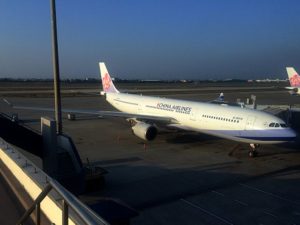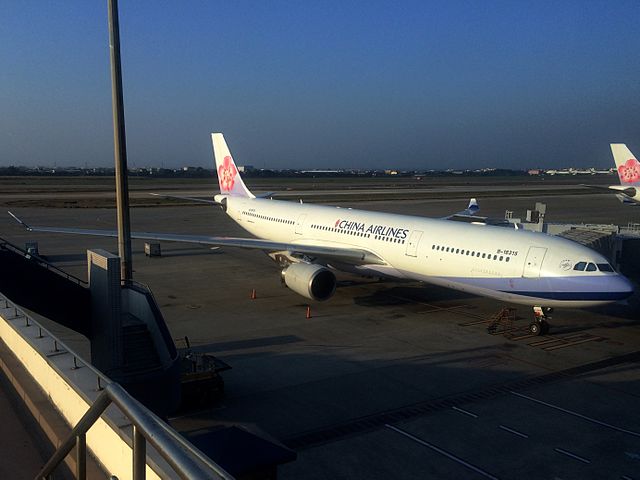 Airline cargo heads don’t expect further improvement in profitability over the next 12 months, according to results of the July business confidence survey conducted by the International Air Transport Association (IATA).
Airline cargo heads don’t expect further improvement in profitability over the next 12 months, according to results of the July business confidence survey conducted by the International Air Transport Association (IATA).
Cargo heads stated they don’t anticipate any respite for yields over the 12-month period, as a combined 90% of respondents expect cargo yields to remain unchanged or to fall further in the year ahead.
They attributed the dim outlook to the ongoing strong capacity growth that continues to put acute pressure on cargo yields. Almost two-thirds of the survey respondents reported year-on-year decreases in cargo yields in the second quarter of 2016. And the weighted average score for yields over the past three months dropped to its lowest level since the second half of 2009.
On the demand side, just 42% of the respondents said they expect cargo volumes to increase over the coming 12 months—the lowest proportion since the April 2009 survey, said IATA.
Expectations of future growth in freight volumes over the next 12 months were weighed down by the ongoing weak global trade backdrop, said the report.
Meanwhile, industry-wide airfreight volumes dropped back to 0.9% in May, according to IATA’s Airlines Financial Monitor as the wider global trade backdrop remained subdued.
“It is increasingly evident that the upward trend in seasonally-adjusted volumes that was a feature during the second half of 2015 has stalled,” it said.
Industry-wide available freight capacity continued to expand strongly. With ongoing impetus to freight belly capacity from additions to the passenger fleet, annual growth in freight capacity has now outstripped annual growth in volumes for 15 consecutive months.
Some 153 new aircraft were delivered in May. Net storage activity made a solid positive contribution to the fleet size. This was driven in the main by fewer aircraft going into storage, as lower oil prices and robust demand have made it economical to keep flying less fuel-efficient aircraft. About 73 aircraft were removed from the global fleet in May 2016, compared to 142 that left in May 2015.
At the same time, the industry freight load factor has averaged 42.2% in the first five months of 2016—well below the period average seen over the past decade. This reflects a combination of subdued demand volumes and ongoing fast capacity growth—particularly from passenger belly capacity.
“Low freight loads are weighing on yields and revenues, and are an ongoing headwind for Asia-Pacific carriers, for whom cargo is a key part of their business,” said the monitor.
Photo: KCS





